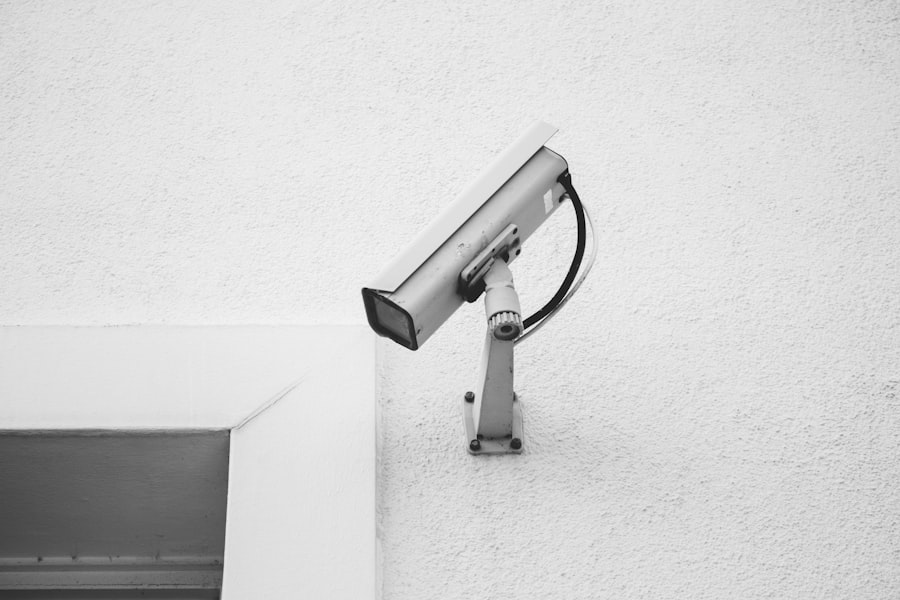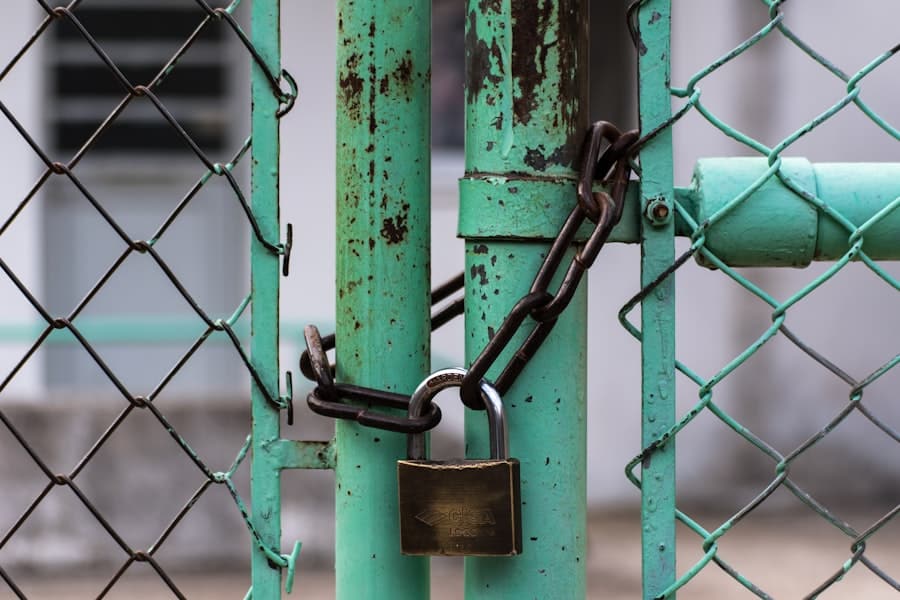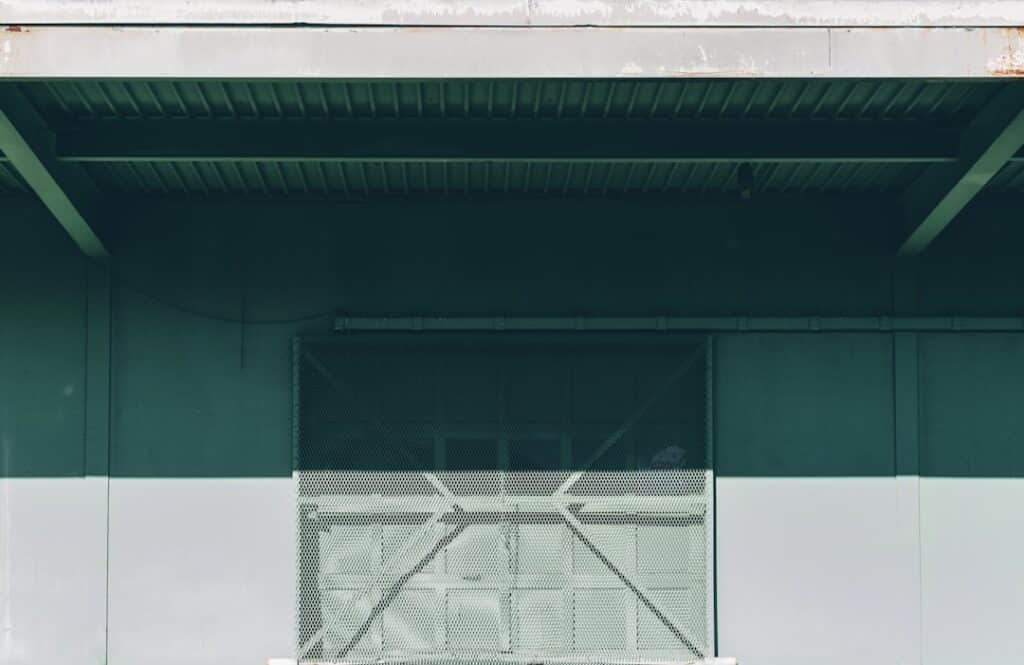In the rapidly evolving landscape of healthcare IT, secure remote access has emerged as a critical component for dental practices. The ability to access patient records, treatment plans, and other sensitive information from remote locations not only enhances operational efficiency but also improves patient care. As dental professionals increasingly adopt telehealth services and remote consultations, the need for robust security measures becomes paramount.
Secure remote access ensures that sensitive patient data remains protected from unauthorized access, thereby safeguarding the practice’s reputation and maintaining patient trust. Moreover, the COVID-19 pandemic has accelerated the shift towards remote work and telehealth solutions in dentistry. Dental practices have had to adapt quickly to new operational models, making secure remote access not just a convenience but a necessity.
By implementing secure remote access solutions, dental practices can ensure continuity of care while adhering to stringent security protocols. This not only protects patient information but also aligns with best practices in healthcare IT, ultimately leading to improved patient outcomes and satisfaction.
Key Takeaways
- Secure remote access is crucial for dental practices to protect patient information and maintain operational efficiency.
- When choosing a remote access solution, consider factors such as ease of use, security features, and compatibility with existing systems.
- Implementing clear protocols and policies for remote access helps to ensure consistent security practices across the practice.
- Training staff on best practices for secure remote access is essential for minimizing the risk of security breaches.
- Compliance with HIPAA and other regulatory requirements is non-negotiable when it comes to remote access in dental practices.
Choosing the Right Remote Access Solution for Your Dental Practice
Selecting the appropriate remote access solution is crucial for dental practices aiming to enhance their operational capabilities while ensuring data security. Various options are available, including Virtual Private Networks (VPNs), Remote Desktop Protocol (RDP), and cloud-based solutions. Each of these options comes with its own set of advantages and challenges.
For instance, VPNs provide a secure tunnel for data transmission, making them a popular choice for many healthcare providers. However, they may require significant IT resources to manage effectively. Cloud-based solutions, on the other hand, offer scalability and ease of access, allowing dental professionals to connect from any device with internet connectivity.
These solutions often come with built-in security features that can simplify compliance with regulations such as HIPAWhen choosing a remote access solution, dental practices should consider factors such as ease of use, cost-effectiveness, and the level of technical support provided by the vendor. Engaging with Managed Service Providers (MSPs) can also be beneficial, as they can offer tailored solutions that meet the specific needs of the practice while ensuring robust security measures are in place.
Implementing Secure Remote Access Protocols and Policies

Once a suitable remote access solution has been selected, it is essential to implement comprehensive protocols and policies to govern its use. Establishing clear guidelines helps ensure that all staff members understand their responsibilities regarding data security and patient confidentiality. This includes defining who has access to sensitive information, under what circumstances remote access is permitted, and the procedures for reporting any security incidents.
Additionally, practices should consider implementing multi-factor authentication (MFA) as part of their remote access protocols. MFA adds an extra layer of security by requiring users to provide two or more verification factors before gaining access to sensitive data. This significantly reduces the risk of unauthorized access, even if login credentials are compromised.
Training Staff on Secure Remote Access Best Practices
Training staff on secure remote access best practices is a fundamental aspect of maintaining a secure environment within dental practices. Employees must be educated about the potential risks associated with remote access and the importance of adhering to established protocols. Regular training sessions can help reinforce these concepts and keep staff informed about new security measures or updates to existing policies.
Moreover, training should cover topics such as recognizing phishing attempts, using strong passwords, and understanding the significance of data encryption. By fostering a culture of security awareness among staff members, dental practices can significantly reduce the likelihood of human error leading to data breaches. Engaging employees in discussions about security challenges and encouraging them to share their experiences can also enhance their understanding and commitment to maintaining a secure remote access environment.
Ensuring Compliance with HIPAA and Other Regulatory Requirements
Compliance with HIPAA and other regulatory requirements is non-negotiable for dental practices utilizing remote access solutions. HIPAA mandates that healthcare providers implement appropriate safeguards to protect patient information from unauthorized access or disclosure. This includes ensuring that any remote access solution used complies with HIPAA’s privacy and security rules.
To achieve compliance, dental practices should conduct regular risk assessments to identify potential vulnerabilities in their remote access systems. This involves evaluating the effectiveness of existing security measures and determining whether additional safeguards are necessary. Additionally, practices should maintain thorough documentation of their compliance efforts, including policies, training records, and incident reports.
Engaging legal counsel or compliance experts can also provide valuable insights into navigating the complexities of healthcare regulations.
Monitoring and Managing Remote Access Activities

Effective monitoring and management of remote access activities are essential for maintaining a secure environment within dental practices. Continuous monitoring allows practices to detect unusual or unauthorized access attempts promptly, enabling swift action to mitigate potential threats. Implementing logging mechanisms can help track user activity and identify patterns that may indicate security breaches.
Moreover, regular audits of remote access logs can provide insights into user behavior and highlight areas where additional training or policy adjustments may be needed.
By proactively managing remote access activities, dental practices can enhance their overall security posture and reduce the risk of data breaches.
Addressing Common Security Risks and Threats in Remote Access
Dental practices face various security risks and threats associated with remote access, including phishing attacks, malware infections, and unauthorized access attempts. Phishing attacks often target employees through deceptive emails or messages designed to trick them into revealing sensitive information or downloading malicious software. To combat this threat, practices should implement robust email filtering solutions and conduct regular training sessions on recognizing phishing attempts.
Malware infections pose another significant risk, particularly when employees use personal devices for work-related tasks. Practices should enforce policies that require the use of company-approved devices for accessing sensitive information remotely. Additionally, implementing endpoint protection solutions can help detect and neutralize malware before it compromises the network.
By addressing these common security risks proactively, dental practices can create a more secure remote access environment.
Continuously Improving and Updating Remote Access Security Measures
The landscape of cybersecurity is constantly evolving, necessitating that dental practices continuously improve and update their remote access security measures. Regularly reviewing existing protocols and policies ensures that they remain effective against emerging threats. Practices should stay informed about the latest cybersecurity trends and technologies that can enhance their security posture.
Engaging with cybersecurity experts or MSPs can provide valuable insights into best practices for securing remote access environments. Additionally, participating in industry forums or conferences can help dental professionals stay abreast of new developments in healthcare IT security. By fostering a culture of continuous improvement, dental practices can better protect patient information while adapting to the ever-changing landscape of cybersecurity threats.
In conclusion, secure remote access is essential for dental practices seeking to enhance operational efficiency while safeguarding patient information. By understanding the importance of secure remote access, choosing the right solutions, implementing robust protocols, training staff effectively, ensuring compliance with regulations, monitoring activities diligently, addressing common risks, and continuously improving security measures, dental professionals can create a secure environment that fosters trust and enhances patient care. As technology continues to evolve, staying proactive in addressing cybersecurity challenges will be key to maintaining a resilient practice in an increasingly digital world.
If you’re looking to implement green technology practices in your dental practice, you may want to check out this article on 5 Easy Green Technology Practices for Small Businesses. It offers valuable tips on how to reduce your environmental impact while still running a successful business. Additionally, if you’re interested in creating a robust cybersecurity infrastructure for your medical practice, you should read this article for helpful insights and strategies.
FAQs
What is remote access for dental practices?
Remote access for dental practices refers to the ability for dental professionals to access patient records, imaging, and other important data from a remote location, such as their home or another office. This allows for flexibility in work location and can improve efficiency.
Why is secure remote access important for dental practices?
Secure remote access is important for dental practices because it allows for flexibility in work location while ensuring that patient data remains protected. It also enables dental professionals to provide timely care and access important information when needed.
What are the security risks associated with remote access for dental practices?
The security risks associated with remote access for dental practices include potential data breaches, unauthorized access to patient records, and the potential for malware or other cyber threats to compromise sensitive information.
How can dental practices ensure secure remote access?
Dental practices can ensure secure remote access by implementing strong authentication measures, using encrypted connections, regularly updating software and systems, and providing training to staff on best practices for remote access security.
What are some best practices for secure remote access in dental practices?
Best practices for secure remote access in dental practices include using virtual private networks (VPNs), implementing multi-factor authentication, restricting access to only authorized personnel, and regularly monitoring and auditing remote access activity.


